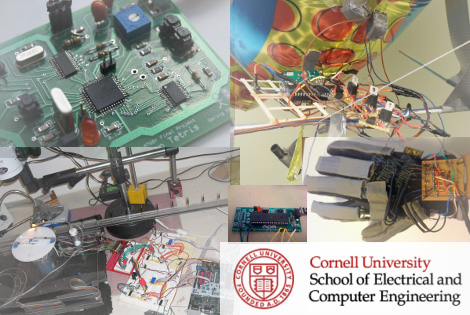
Tetris, the timeless classic, is one of those concepts that someone will try to run on every conceivable hardware platform. I took on the challenge of programming a Tetris clone from the ground up using hardware I had on hand. At the heart of the build is an ATmega168 microcontroller. The game displays on a KS0108 128×64 LCD module with five momentary push switches to provide directional, rotational, and input controls. You can see the resulting monochrome action embedded after the break.
I had several goals in mind while writing the code for the game. I wanted the code to be portable so that the size of the board and type of screen used could be easily changed. With that in mind I developed the trunk for a Nokia 3595 cellphone screen and a parallel branch for the graphic LCD. Originally I was working with an ATmega8 but upgraded so that I could operate at the 3.3v the cell phone screen required.
The firmware for the graphic LCD branch compiles to just over 6 kB which means it can still be run on a mega8. Also, the ATmega168 is the same processor used in the Arduino Duemilanove so another Tetris port is not out of the question. I just got a hold of my first Arduino so we’ll see if I find time to start a new branch in the code.
Continue reading “AVR Tetris” →
















